Fotheringay
Sheep now graze on the site of Fotheringay castle, where Mary Queen of Scots was tried and beheaded.

Mary became Queen of Scotland as a baby, was married to the Dauphin and later King of France, who died, returned to Scotland and married her first cousin, who was murdered, married the man generally believed to have murdered him, was forced to abdicate and imprisoned, escaped, was defeated again and forced to flee to England where she was imprisoned by Elizabeth I. All this happened before her twenty-fifth birthday.
16th century politics were messy and violent, but less so that 15th century politics. People tended to stay on the same side in the 16th century. On the other hand, it was not always obvious what that side was.
Mary was imprisoned in various castles and manors for eighteen years, but she was a political problem for Elizabeth. Mary was catholic, and was seen by some English catholics as having a better claim to the throne of England than the protestant Elizabeth I, as they were both descended from Henry VII. Elizabeth, whose own mother was beheaded, did not want to execute Mary unless there was incontrovertible evidence that Mary herself was involved in the plots against Elizabeth.
Enter Gilbert Gifford, a catholic deacon, who set up a secret method of communication between Mary and her catholic supporters in England and abroad. Messages in code were hidden in the bung of beer barrels delivered to the manor where Mary was being kept, and her replies went back with the empties. Unfortunately for Mary, Gifford was a double agent. He was actually working for Sir Francis Walsingham, the head of Elizabeth’s intelligence service. Walsingham received a copy of all the messages and had them decoded by his cryptanalysis department, a guy called Thomas Phelippes. While the plotters on both ends were genuine and sincere, this was a classic example of a man-in-the-middle attack. Phelippes’ job was not very difficult, as Walsingham has supplied the code to Gifford in the first place.
There is not much left of Fotheringay castle now. This is the view from our boat up the castle mound.
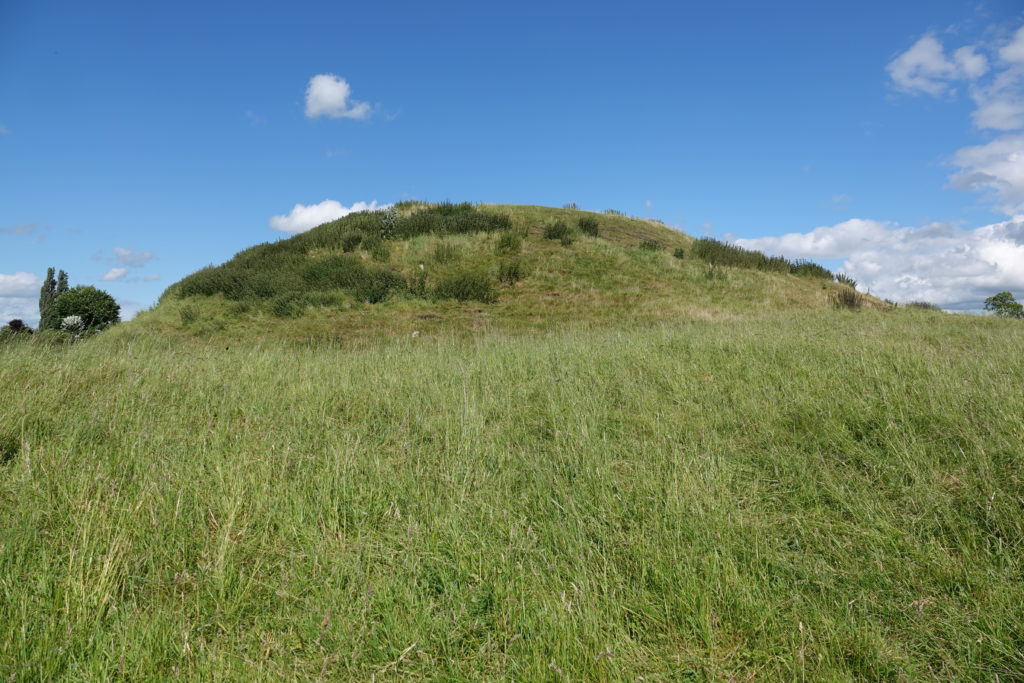
There is one surviving bit of masonry, carefully fenced off in case anyone wants to build a new stable or something.

That’s about it, that and the sheep.
The village of Fotheringay started out as outbuildings from the castle that would not fit inside the walls: stables, guest accommodation, that sort of thing.
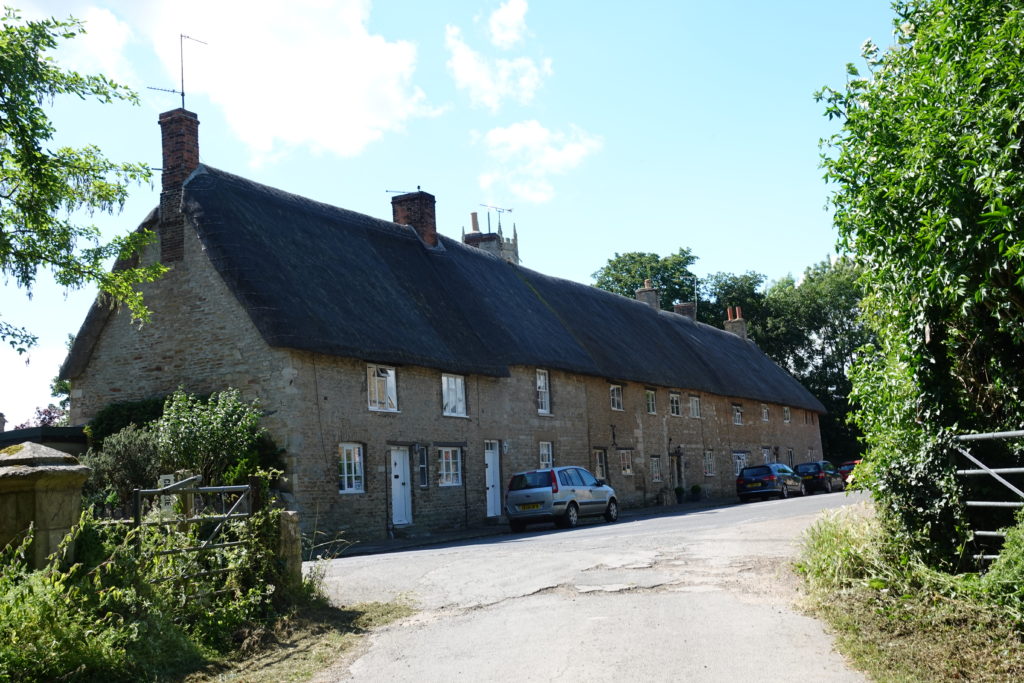
More recently the school house has been converted into a lovely home.
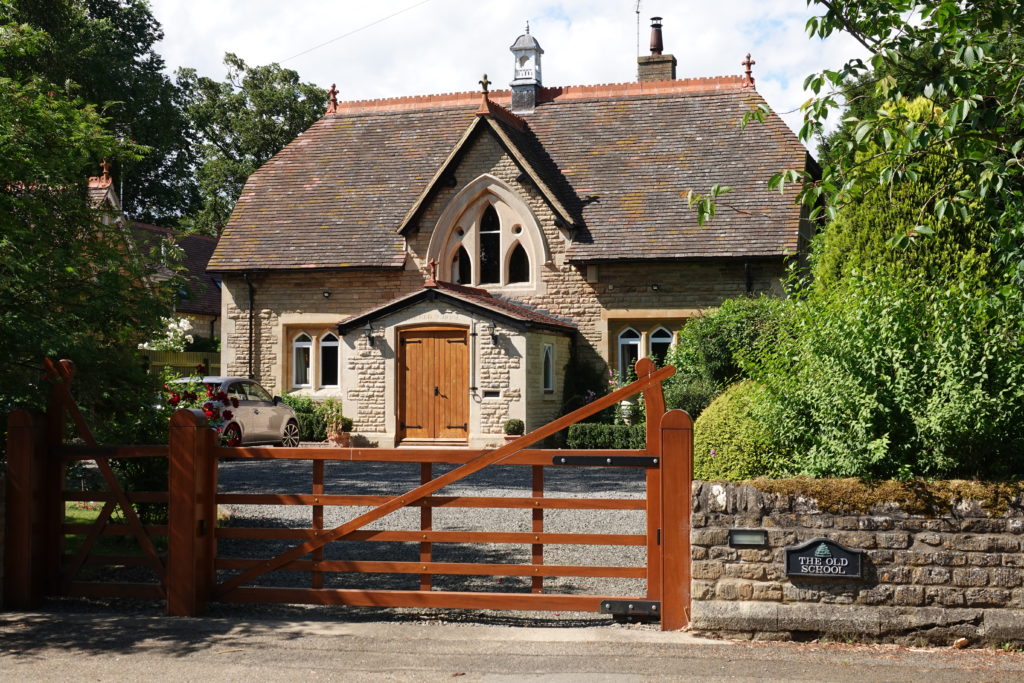
Oh, look, here’s another homeowner…
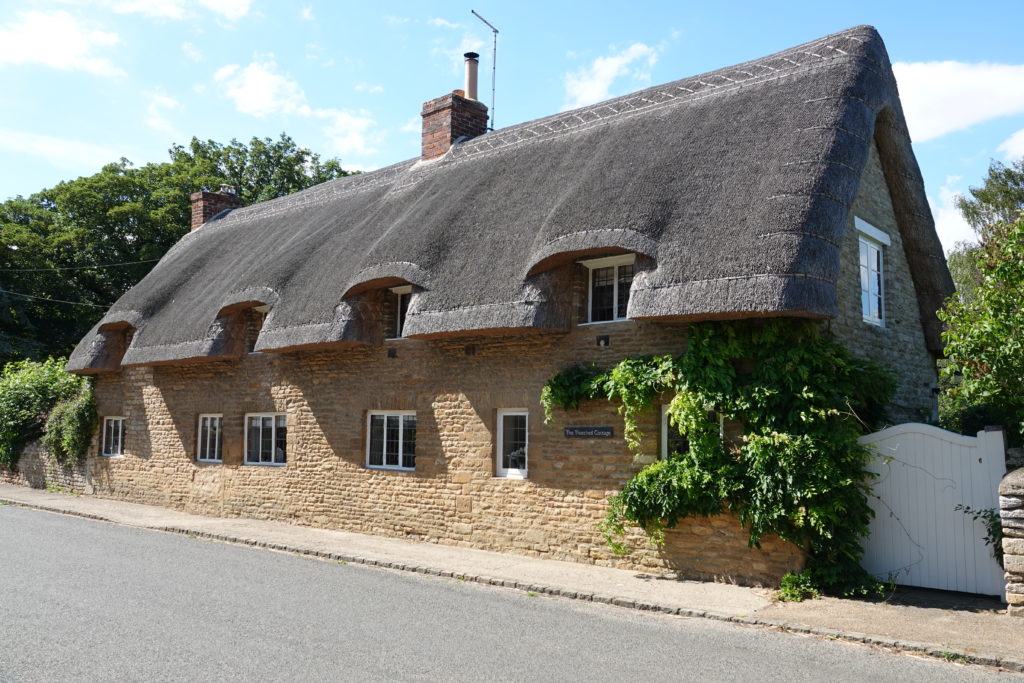
The church looks promising from a distance…
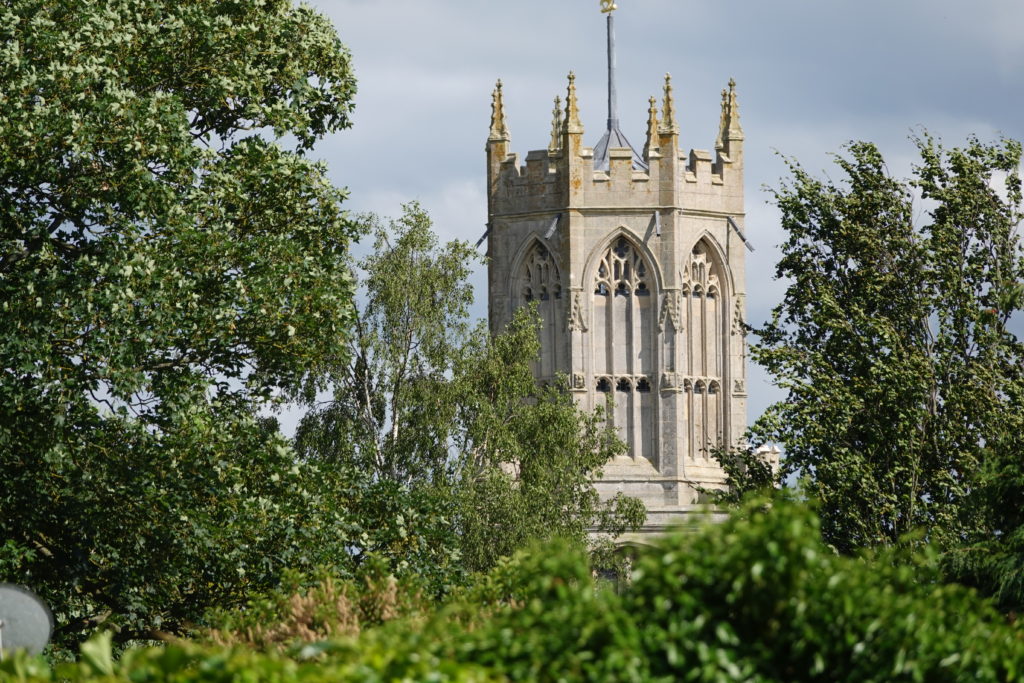
… but close up it is suffering from a vicious attack of scaffolding.
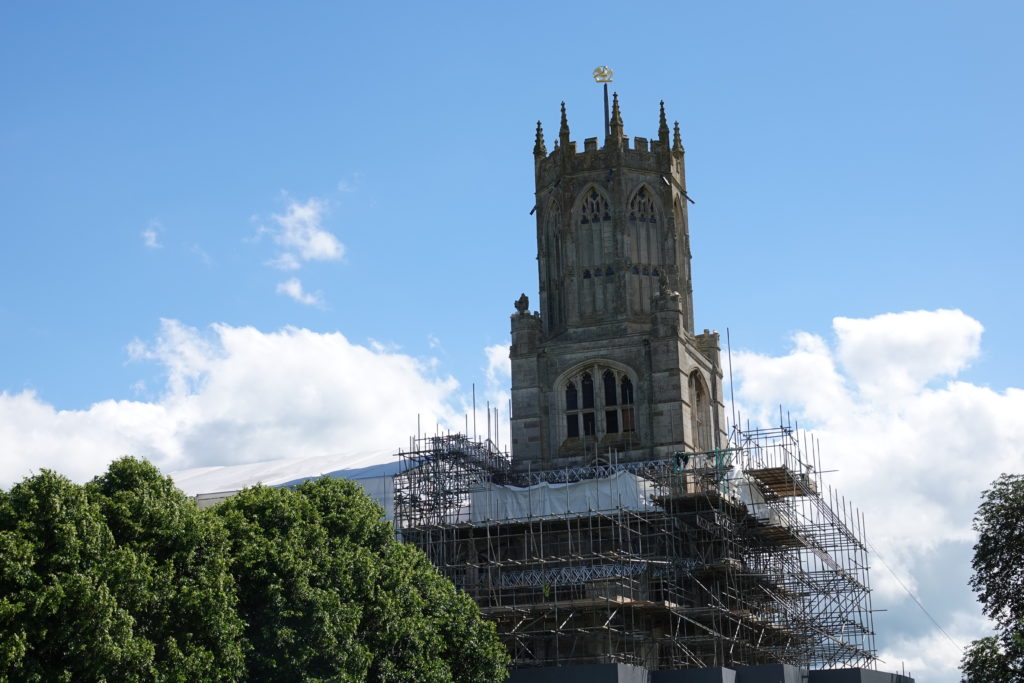
The old telephone box is not a listed structure but it has been converted into a defibrillator and little free library.

The bridge is notorious as being the lowest and most difficult to navigate on the Nene.
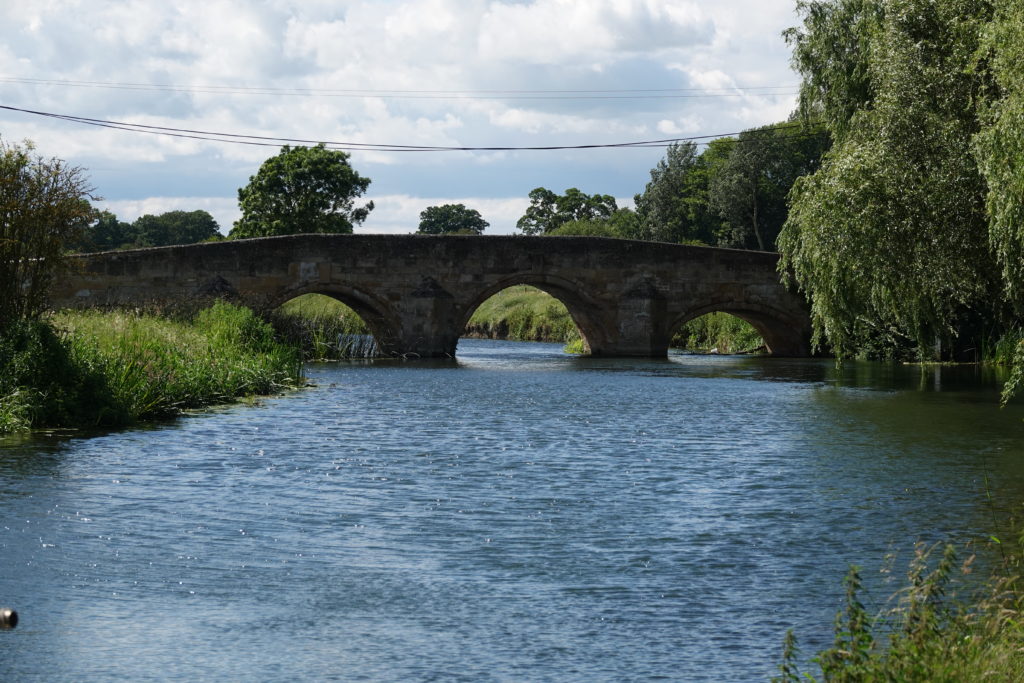
We had a rough day getting down here. The wooden handle came off the tiller and was lost in the river. While I was getting over that the boat was caught by wind and current and I scraped the paintwork on a branch down most of one side of the boat. The wind was strong, up to twenty miles an hour, pushing us off course. We had seven locks to go through, two of them being the manual ones. All in all it was a bit of a slog, and all the time I was thinking we still have Fotheringay bridge to deal with. As it turns out, that was the easiest bit of the trip. I kept over to the left like it says in the guide, aimed for the middle arch and did not even need to duck.


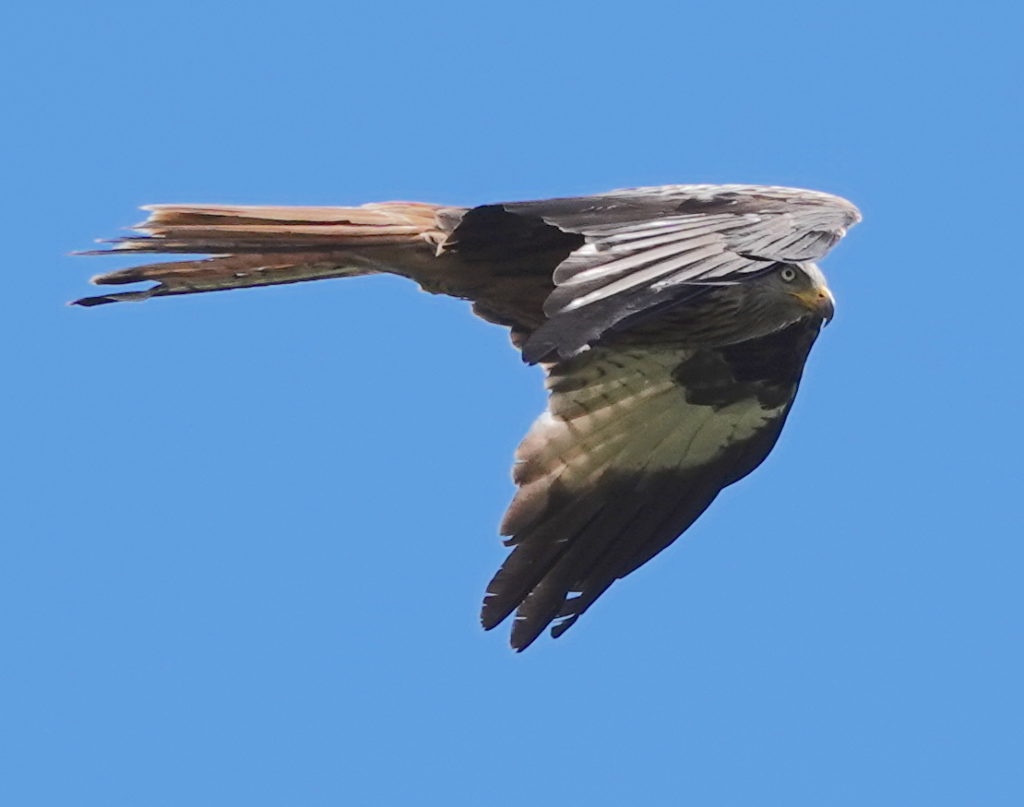
2 thoughts on “Fotheringay”
Love the thatched roofs.The history lesson is so interesting.sounds like such an adventure.safe travels.
Fantastic kite picture. I think both you have seen more English villages than me ,and I’ve lived here for most of my life. ! Paula you must be at least one third “ Britt “ by now. X